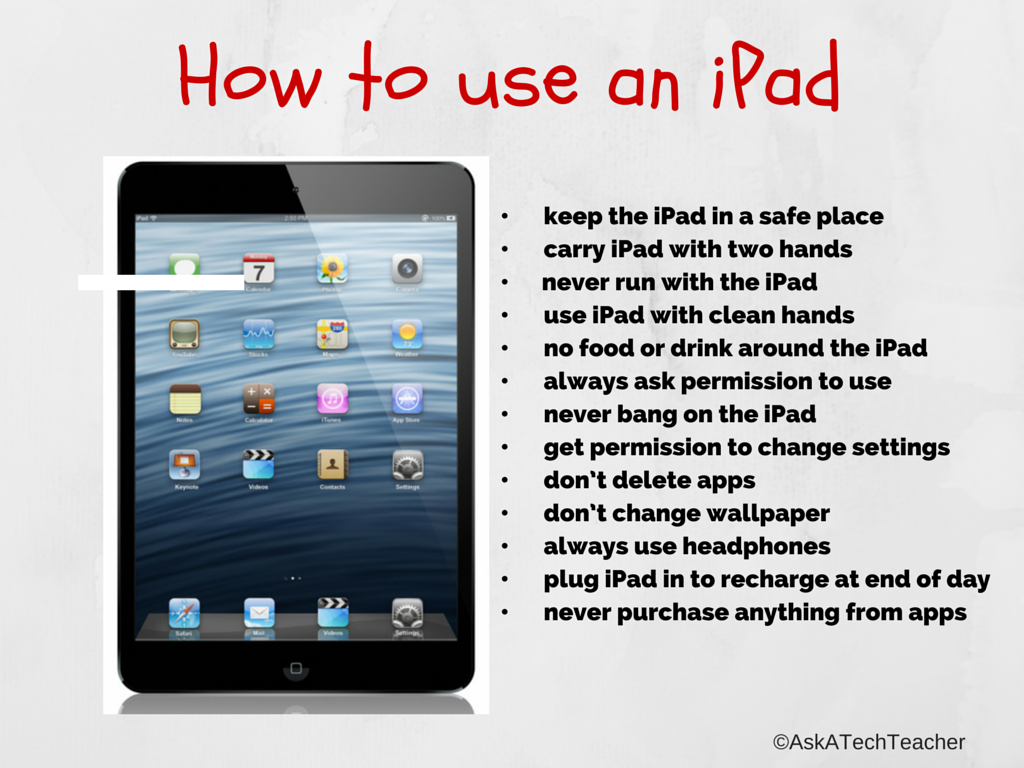As is my habit, I spend a lot of time exploring new ways to teach old subjects. Lately, I’ve concentrated on social studies. I chatted with my PLN, browsed forums where I knew efriends hung out, and taught a slew of online grad school classes to teachers who always are willing the discuss their newest favorite social studies tech tool. I picked everyone’s brains and came up with a list of five webtools you definitely must look at:
Classcraft
Some call Classcraft a classroom management tool but really, it’s more about injecting excitement in your teaching and touching on the important social-emotional learning that sometimes gets forgotten. Here’s a great quote I heard in a sponsored video:
“It might sound crazy to you and me but the kids love it.” — Sarah Murphy
The more I dug into Classcraft, the more I understood why Sarah Murphy said what she did. It’s pretty simple. Kids have a passion for learning and playing games. You incorporate that into your passion for teaching by gamifying your middle- or high school classroom. When students and teachers work together, toward the same goals, everyone wins.
The free (fee for Premium) Classcraft doesn’t teach standards or curricula for academic subjects. Instead, it focuses on core SEL (social-emotional learning) skills fundamental to the fullness of the education journey. That means it’s easy to apply to your social studies class. It uses tools already popular in your school — Google Classroom or MS Office 365, a browser, and an app (iOS or Android). You set up different tasks and customize rules to fit class needs. Students work individually or in teams, becoming accountable for their behavior to themselves and their teams. When they achieve goals and/or abide by rules, they earn stuff they want (that you’ve organized beforehand). You can blend Classcraft activities into your existing lesson plans or use those available on the website. Robust analytics (included in the Premium package) allow you to track student behavior over time and compare it with the class average.
Also available: a timer, a class volume meter, and parent features — great basic tools for every class.
ClassroomScreen
ClassroomScreen is probably one of the most robust, versatile, and useful classroom tools to cross education’s “free” landscape in a long time. It will make your social studies lessons run smoother, make them more responsive to needs, and keep students focused on the lesson. When you click on ClassroomScreen.com, it opens a blank screen that is a digital board ready to be displayed on your class smart screen. You personalize it with the most popular tools desired in classroom, all lined up at the bottom of the screen. These include preferred language (you pick from about a hundred languages), customized background, sound level, QR code (for the classroom screen; students scan it in and it displays on any mobile device — isn’t that cool?), a whiteboard, a text tool, a start-stop traffic light, a timer, a clock, a random name picker (for teams), an exit poll, Work Symbols (four options for collaborative student work — work together, ask a neighbor, whisper, and silence), and more. There’s no download, no login, no registration. Simply click the link and get started.
Commonsense Media calls it:
“…the Swiss Army Knife of the classroom…”
I agree. Here’s a video that decodes this already-simple class tool.
Free, simple, loved by teachers and students. ‘Nuff said.
WeVideo Digital Storytelling Kit
Digital storytelling at its core is the art of telling stories by using digital tools such as photos, images, text, audio, voice-over, website links, and video. According to Dana Ashley, a pioneer in digital storytelling:
“…digital storytelling combines the best of … digitized video, photography and art, and … stories.”
In the decade since it transformed the education ecosystem, digital storytelling has proven itself not only a great way for students to write but is now becoming as favorite tool in any classes that require writing. Like social studies. If you haven’t tried this yet, a good basic how-to can be found in WeVideo’s Digital Storytelling Toolkit. This free download provides detailed articles on the what-and-how of digital storytelling, a guide for best practices, a graphic organizer to get started, a how-to video, a storyboard, an assessment rubric, prompts to reflect on a completed project, example projects, and more.
While the toolkit is free, you do have to provide your professional details to access the download.
Where on Google Earth is Carmen Sandiego
If you loved Where in the World is Carmen Sandiego back in the mid-1980’s, you’ll love this new digital version, Where on Google Earth is Carmen Sandiego. Thanks to a partnership between Google and Houghton Mifflin Harcourt, you can now use Google Earth to search the planet for the devious and mischievous super-thief, Carmen Sandiego, and learn geography and world cultures while you’re at it. It’s available in iOS and Android, as well as the web. It requires no download, no software, no registration — just open and start.
Like Minecraft, it’s a bit retro with its pixelated-images and text, but no less enticing. Thanks to an updated platform in Google Earth, you can zoom, scroll, and pan anywhere on the planet in your quest to find the world’s most famous thief. Here’s a quick video rundown of what you’ll find:
Not terribly difficult, it’s best suited for ages seven and up with even older students engaged by its self-directed pace, interesting locations, and dynamic play.
Timeline JS
There is nothing better than timelines when you’re teaching social studies. It clarifies history, helps students find related events, and is a visual representation of what happened. There are a lot of great timeline apps but one I’ve tried in the past and lots of colleagues love is called Timeline JS. This is a free open source timeline creator that is easy to use, intuitive to figure out, and fits most student situations. You start with a Google Spreadsheet — a tool most students know how to use — customize it with the data you want, and make it as simple or complicated as you want. Add different media, including images, videos, photo streams, YouTube, Google Maps, and more. Once that’s done, return to the Timeline JS website and publish your spreadsheet to the web. There are a few more steps but overall, it’s quick, thorough, and something most students can accomplish.
***
There you have it — five great webtools to make social studies everyone’s favorite class next year. Let me know which one works best for you!
–sponsored by ClassroomScreen
Jacqui Murray has been teaching K-18 technology for 30 years. She is the editor/author of over a hundred tech ed resources including a K-12 technology curriculum, K-8 keyboard curriculum, K-8 Digital Citizenship curriculum. She is an adjunct professor in tech ed, Master Teacher, webmaster for four blogs, an Amazon Vine Voice, CSTA presentation reviewer, freelance journalist on tech ed topics, contributor to NEA Today, and author of the tech thrillers, To Hunt a Sub and Twenty-four Days. You can find her resources at Structured Learning.





































i came across this blog last year – you might like it https://drjyotsnaamineducation.blogspot.com/